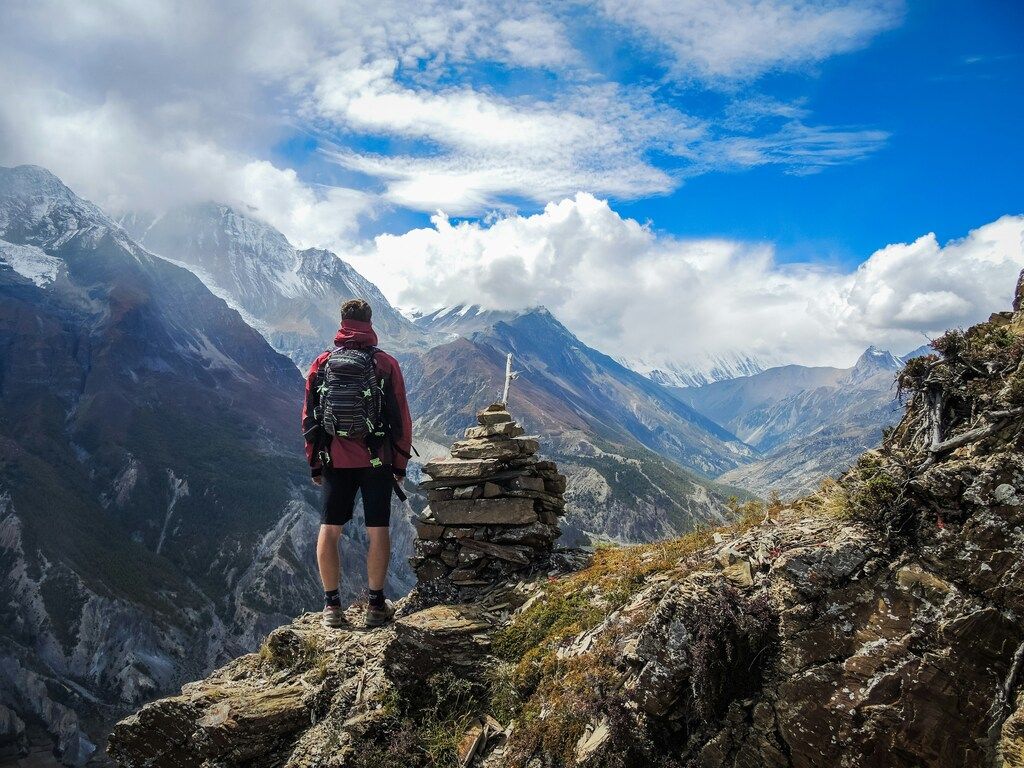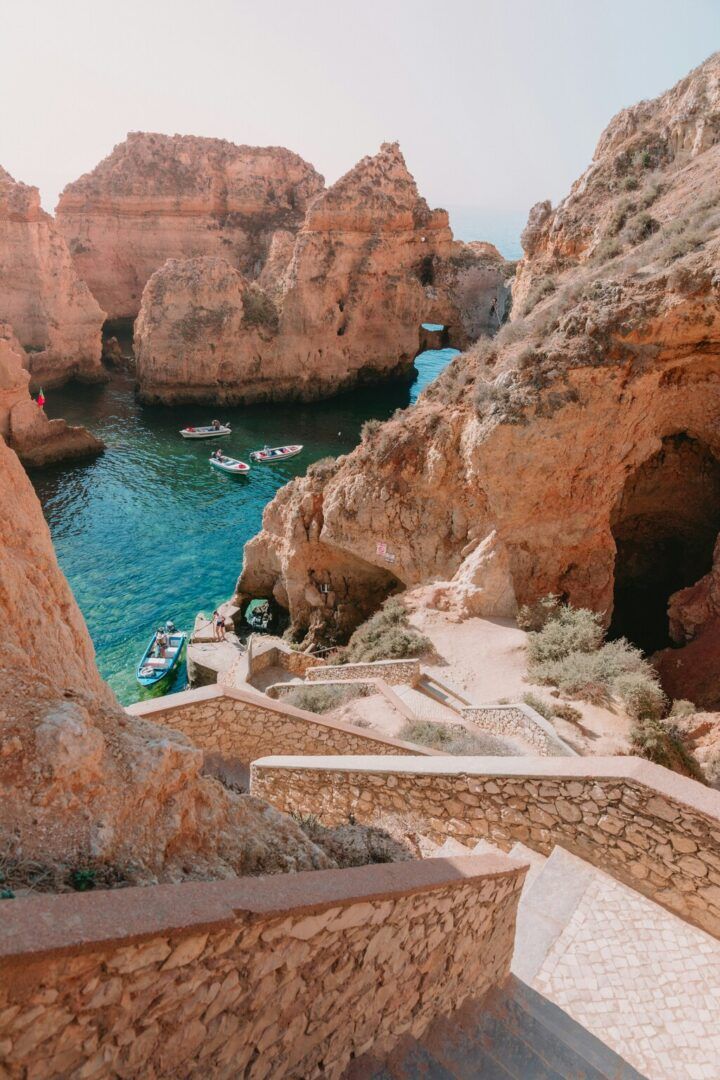

Published on July 12, 2024
Last updated: February 11, 2025
What do you know about Mexico? If the first thing that comes to mind is Speedy Gonzalez, you need to read this article! We’ve put together some of our favourite fun facts about Mexico history to inspire you for your next trip. Learn more about this amazing destination, and get ready to impress your friends with your unparalleled Mexican knowledge.
Mexico is the largest Spanish-speaking country in the world
Move over, Spain! We all know that Spanish is the Mexico national language, but did you know that there are far more Mexicans chatting away than Spaniards? In fact, Mexico has 113 million native Spanish speakers, while Spain lags behind with a mere 47 million.
As you might expect, Mexico puts its own unique spin on Spanish, so you might want to try out some of the local slang. Call your friends güey (pronounced like way in English), which means dude, and describe cool things as being chido. One of the most common pieces of Mexican slang of all is no manches, which is a colourful way of asking someone if they’re for real.
Mexico City is the oldest city in North America
There are lots of cool facts about Mexico’s history, but here’s one that’s bound to surprise people. The Spanish founded Mexico City in 1521 — but actually, it’s been populated for a lot longer than that.
Before Mexico City came along, the settlement was known as Tenochtitlán, and it was the capital of the Aztec Empire. You can still see some ruins from the days of the empire around the city today, including the impressive Templo Mayor, where the Aztecs worshipped the gods of rain and war.
…and it’s sinking every year
This has to be one of the most surprising facts about Mexico! When you think about cities sinking, the one that usually comes to mind is Venice. However, despite being far inland, Mexico City is losing a pretty serious 20 inches a year.
The reason for this is simple: for centuries, urban planners have drawn the city’s water supply from underground. As the population has exploded, the underground aquifer has been drained, causing Mexico City to sink. You can even see some hints of this above the ground, with uneven streets and a remarkably bumpy airport runway.
Mexico City is in no danger of becoming the new Atlantis. Even with its loss of altitude, it remains the 8th highest capital city in the world. Politicians and city leaders are continuously searching for new, sustainable sources of water to keep the capital afloat.
You can dive into the country’s sacred sinkholes
Visit the Yucatán Peninsula, and you’ll probably want to take a look at the famous Mexican cenotes. These mysterious sinkholes are one of the area’s main attractions, particularly for scuba divers. However, while visitors love to admire the natural beauty of the cenotes, only a few learn about their intriguing history.
Cenotes were sacred to the Mayan Empire, who believed that they were gateways to the underworld. The devout would throw valuable things into the water as sacrifices to the gods — and yes, that includes human sacrifices. Archaeologists have found ancient human remains in some cenotes, which might make that diving trip seem a little less appealing!
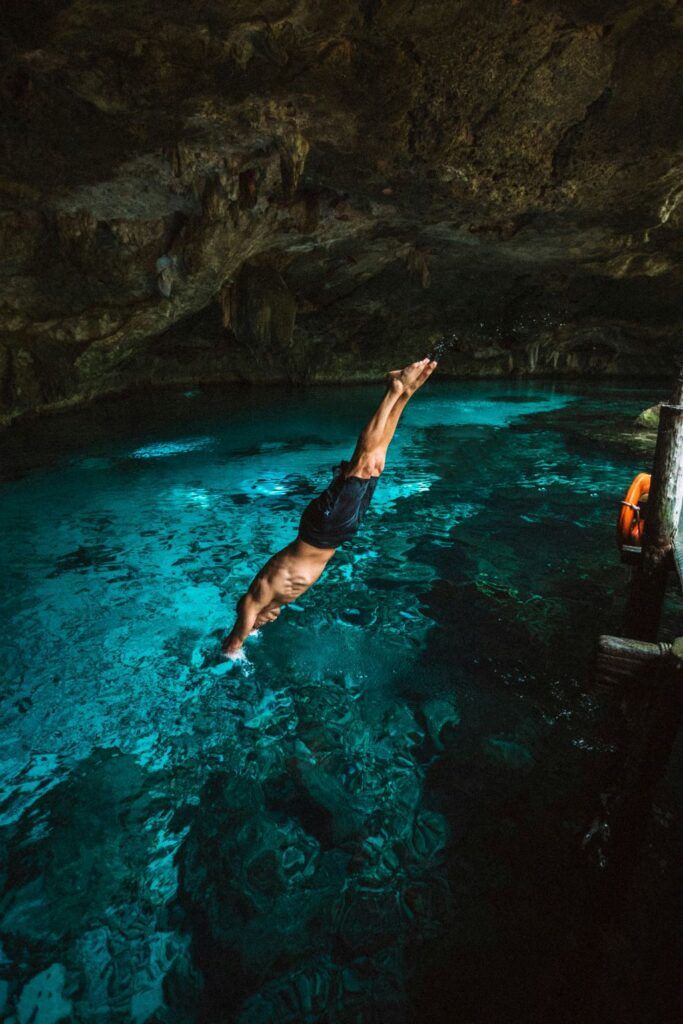
Colour TV was invented in Mexico
This is one of our favourite facts about Mexico for pub quizzes! While black and white TV was invented in the United States, it was our friends south of the border who took it to the next level. Mexican engineer Guillermo González Camarena developed his system for colour TV in the early 1940s, but it wasn’t until 1963 that colour broadcasts began in his homeland.
…and so was the Caesar salad
The name might make you think it’s from Italy, but in fact, the world’s most famous salad originated in Tijuana, the brainchild of hotelier Caesar Cardini. In the 1920s, the border town was an incredibly popular destination with Americans who wanted to escape the dreary Prohibition laws in their country. Cardini invented his salad to give them something to wash down the booze, and it soon became a culinary sensation.
One of the world’s richest men is Mexican
Carlos Slim may not be a household name like Bill Gates or Elon Musk, but this Mexican mogul can rub shoulders with the world’s super-rich. Slim’s extensive business dealings, especially his telecommunications companies, led him to be named the richest person in the world from 2010 to 2013.
Since then, Slim has slipped down the rankings a bit, but as of 2024, he’s still considered the 11th richest person in the world and the richest in Latin America. His personal wealth of $105 billion dollars is the equivalent of 7% of the entire country’s GDP. Lend us a fiver, Carlos?
Mexico is home to the world’s largest pyramid
No, the Egyptians don’t have a monopoly on the pyramid market. They may have better marketing, but Mexico’s Cholula Pyramid is actually far bigger than even the Great Pyramid of Giza. It’s 66 metres high and has a 400-metre base.
If you’re wondering why you’ve never heard of the world’s largest pyramid, there are a couple of reasons. First, it’s overshadowed —quite literally— by the mountain next to it, which can make it seem a little smaller. Secondly, the Spanish conquistadors built a huge church right on top of it. The massive church tends to draw attention away from the pyramid.
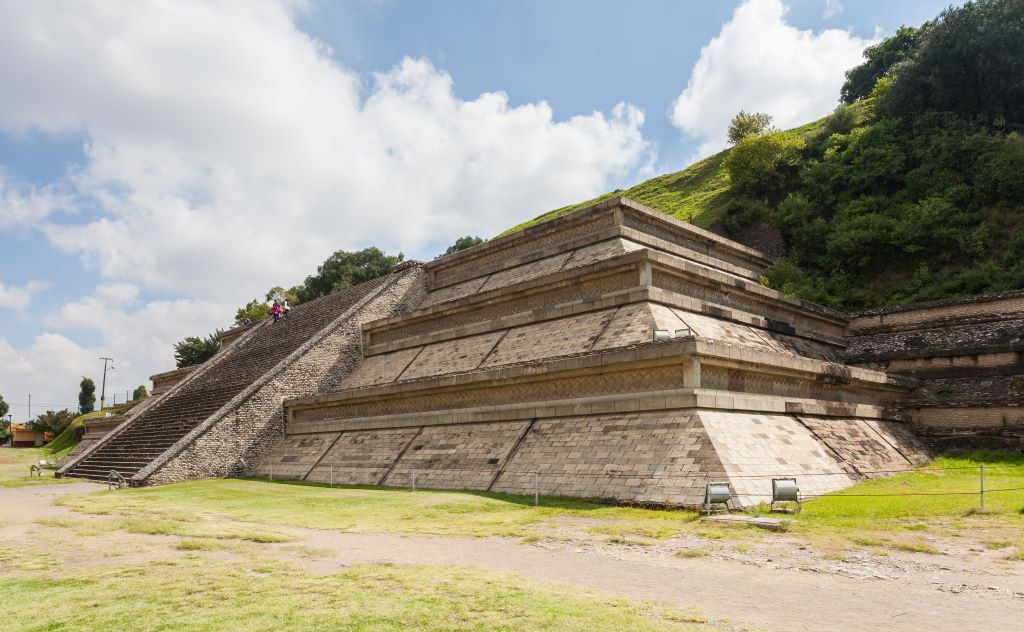
…and the world’s smallest volcano
We’ve never thought of volcanoes as cute — at least, not until we started making this list of facts about Mexico! At the other end of the scale from that enormous pyramid is the Cuexcomate Volcano, on the outskirts of the city of Puebla. It stands at a respectable height of 13 metres, so you won’t need to bring your binoculars to spot it.
You can climb up Cuexcomate, but there are stairs leading up to the top, so hiking boots are not required. Once up there, descend into the crater on a spiral staircase for a unique experience. Sometimes, cultural events are held inside this dormant volcano.
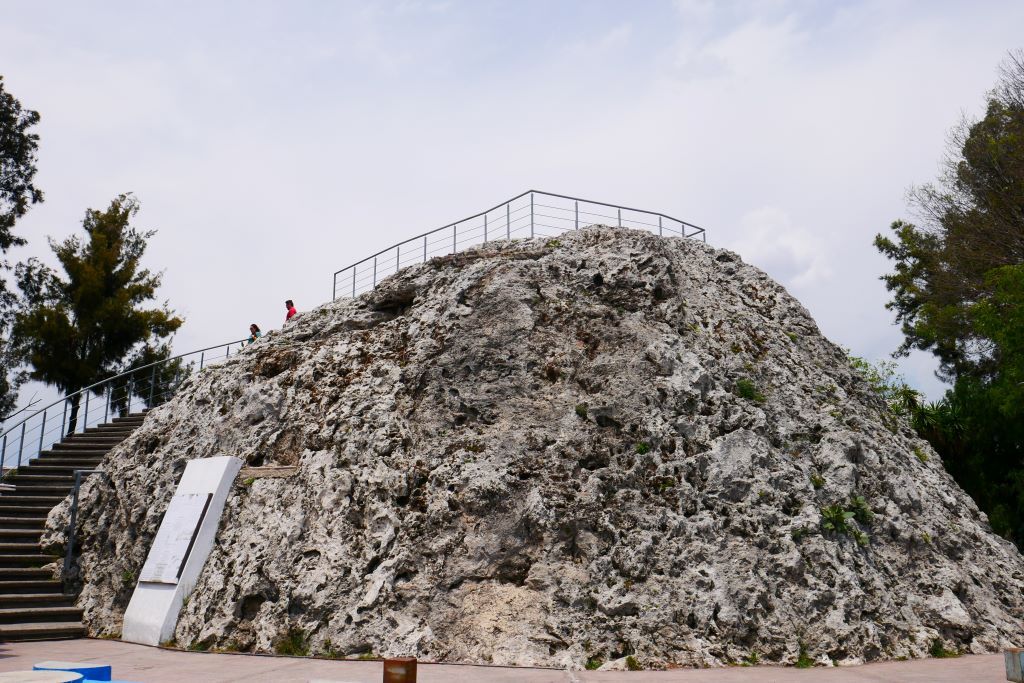
The Mayans were big fans of ball games
We could fill an entire separate list with Chichén Itzá Mexico facts. After all, the ruins of this fascinating old Mayan settlement are one of the most interesting sites in Mexico. While the highlights of the ruins are the pyramid and the temples, there’s one rather quirky place you can visit there, too: the Great Ball Court.
The Mayans made balls using rubber trees and invented their own sport. Sadly, the exact details haven’t survived down the centuries, but carved images from Chichén Itzá suggest that players could only touch the ball with their hips and thighs — more booty-shaking than basketball, then!
The Día de los Muertos has nothing to do with Halloween
Some of the most interesting facts about Mexico revolve around the Day of the Dead, which has become iconic around the world. Nowadays, everyone is familiar with the sugar skulls and goth-style fancy dress that the Mexicans wear. As the Día de los Muertos takes place on the 1st and 2nd of November, many people incorrectly believe that it is just the Mexican version of Halloween.
In fact, nothing could be further from the truth. The holiday began in the time of the Aztecs, who were strong believers in the underworld. They thought that, once a year, souls would return to the land of the living to visit their loved ones. The reason it’s celebrated at the same time as Halloween is because the Spanish conquistadors moved the date of the celebration to the Catholic All Saints’ Day, but the two festivals originated entirely separately.
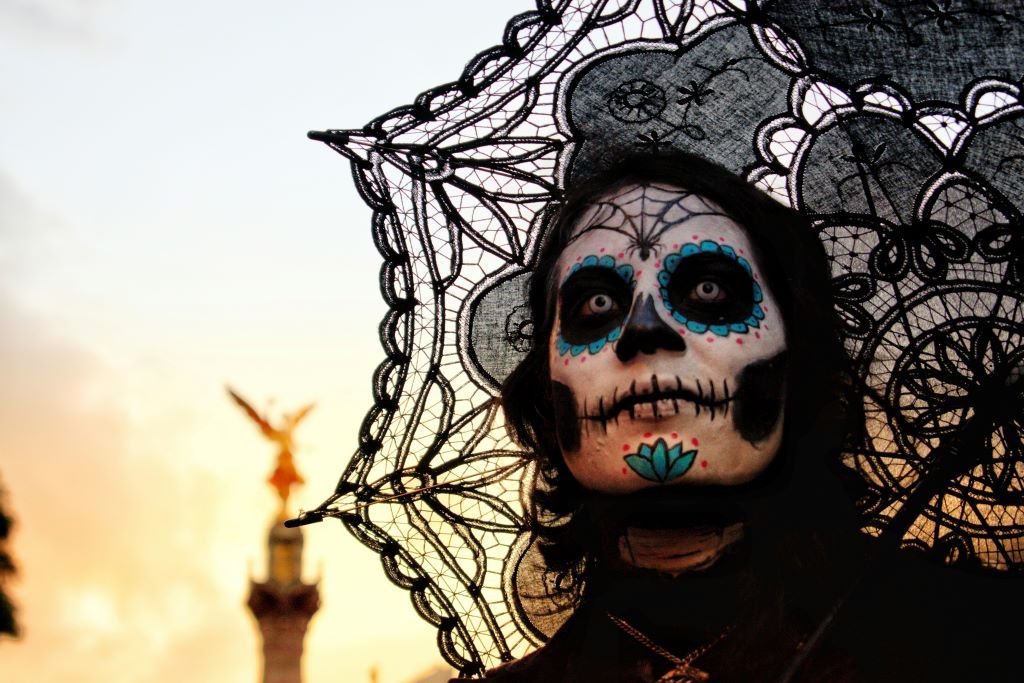
The meteor that killed the dinosaurs landed in Mexico
We have to go back a full 66 million years for our next fact about Mexico. That was when a devastating meteor struck the Yucatán Peninsula, leading to a massive extinction event — during which the dinosaurs were wiped off the face of the earth.
The meteor itself didn’t kill the dinosaurs, but its aftermath had devastating effects on life on Earth. Many scientists believe the impact spread heat and dust across the planet, leading to the extinction of 75% of the world’s species. You can still see part of the site of the disaster, Chicxulub Crater, but most of the impact was just off-shore.
Tomatoes come from Mexico
The Italians must owe Mexico a real debt of gratitude because where would they be without the humble tomato? This magical fruit was first cultivated in Mexico by the Aztecs, and they’re still an essential part of the national cuisine.
The Spanish conquistadors brought tomatoes back with them to Europe, where they became an instant sensation. Next time you’re dipping your chips in ketchup, you might want to thank the Aztecs!
…and so does chocolate
When the Spanish first landed in Mexico, they discovered the Aztecs’ favourite beverage: hot chocolate. Like tomatoes, this was quickly brought back to Europe, and from there, it went on to conquer the world.
The chocolate that the Aztecs and Mayans enjoyed was quite different from the Cadbury’s you know and love! It was dark and bitter, often infused with chillies and other spices. Sometimes it was even used in savoury dishes — like the rich dish of mole negro that Mexicans still enjoy today.
For more facts about Mexico, why not see it for yourself? Join us on our trip to the Yucatán Peninsula, where we’ll walk in the footsteps of the Mayan Empire, discover ancient secrets — and also spend a bit of time relaxing on the beaches of Cancún. It’s going to be a great trip!

